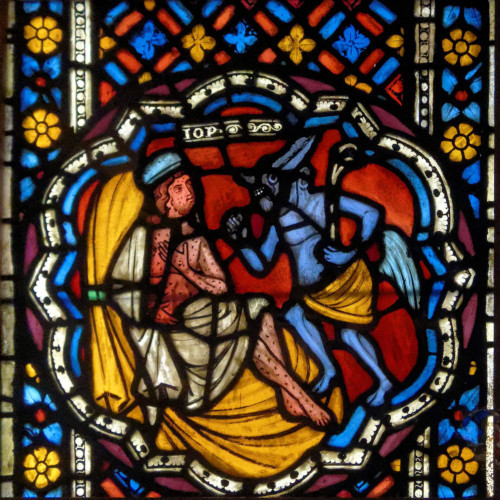Best non fiction book in French 2025
Jan. 23rd, 2025 11:13 pmI only read three non-fiction books in French during 2025, two prescriptive and one descriptive.
The descriptive was Bleu: histoire d'une couleur, (Blue: history of a colour) by Michel Pastoureau. This was super fascinating! It uses the colour blue specifically to examine the social/cultural place of colours throughout history in Europe (and France specifically). I spoke about it here. Pastoureau is a historian focusing on symbolism and has written books on other colours, various animals, striped clothing, etc. I'm planning on reading more of his work.
The prescriptive works were Agir et penser comme un chat, (Act and think like a cat) by Stéphane Garnier and Et maintenant, on mange quoi?, (Now what do we eat?) by Christophe Brusset.
I did not get from the cat book what I wanted which was the answer to the question "is this a parody or not?". It's basic, boilerplate self-help advice -- be yourself, enjoy the present, be confident, etc -- dressed up in "be more like a cat".
Et maintenant, on mange quoi? is a follow-up to a previous book by the author -- that I haven't read -- about the ways the food industry cuts corners at the expense of the consumers and their health. This book is about how to avoid these cut corners and eat better. It was interesting, but I don't think I got any practical advice I wasn't already using, ie buy ingredients rather than pre-prepared foods, local is preferable to not and check ingredient lists. It brought up that most berry jams are made of elderberries because they are mild tasting, highly colouring and cheaper than other berries. This is irrelevant to me because I get all my jams from my dad, made from blackberries we pick ourselves. Still interesting to know.
The descriptive was Bleu: histoire d'une couleur, (Blue: history of a colour) by Michel Pastoureau. This was super fascinating! It uses the colour blue specifically to examine the social/cultural place of colours throughout history in Europe (and France specifically). I spoke about it here. Pastoureau is a historian focusing on symbolism and has written books on other colours, various animals, striped clothing, etc. I'm planning on reading more of his work.
The prescriptive works were Agir et penser comme un chat, (Act and think like a cat) by Stéphane Garnier and Et maintenant, on mange quoi?, (Now what do we eat?) by Christophe Brusset.
I did not get from the cat book what I wanted which was the answer to the question "is this a parody or not?". It's basic, boilerplate self-help advice -- be yourself, enjoy the present, be confident, etc -- dressed up in "be more like a cat".
Et maintenant, on mange quoi? is a follow-up to a previous book by the author -- that I haven't read -- about the ways the food industry cuts corners at the expense of the consumers and their health. This book is about how to avoid these cut corners and eat better. It was interesting, but I don't think I got any practical advice I wasn't already using, ie buy ingredients rather than pre-prepared foods, local is preferable to not and check ingredient lists. It brought up that most berry jams are made of elderberries because they are mild tasting, highly colouring and cheaper than other berries. This is irrelevant to me because I get all my jams from my dad, made from blackberries we pick ourselves. Still interesting to know.
